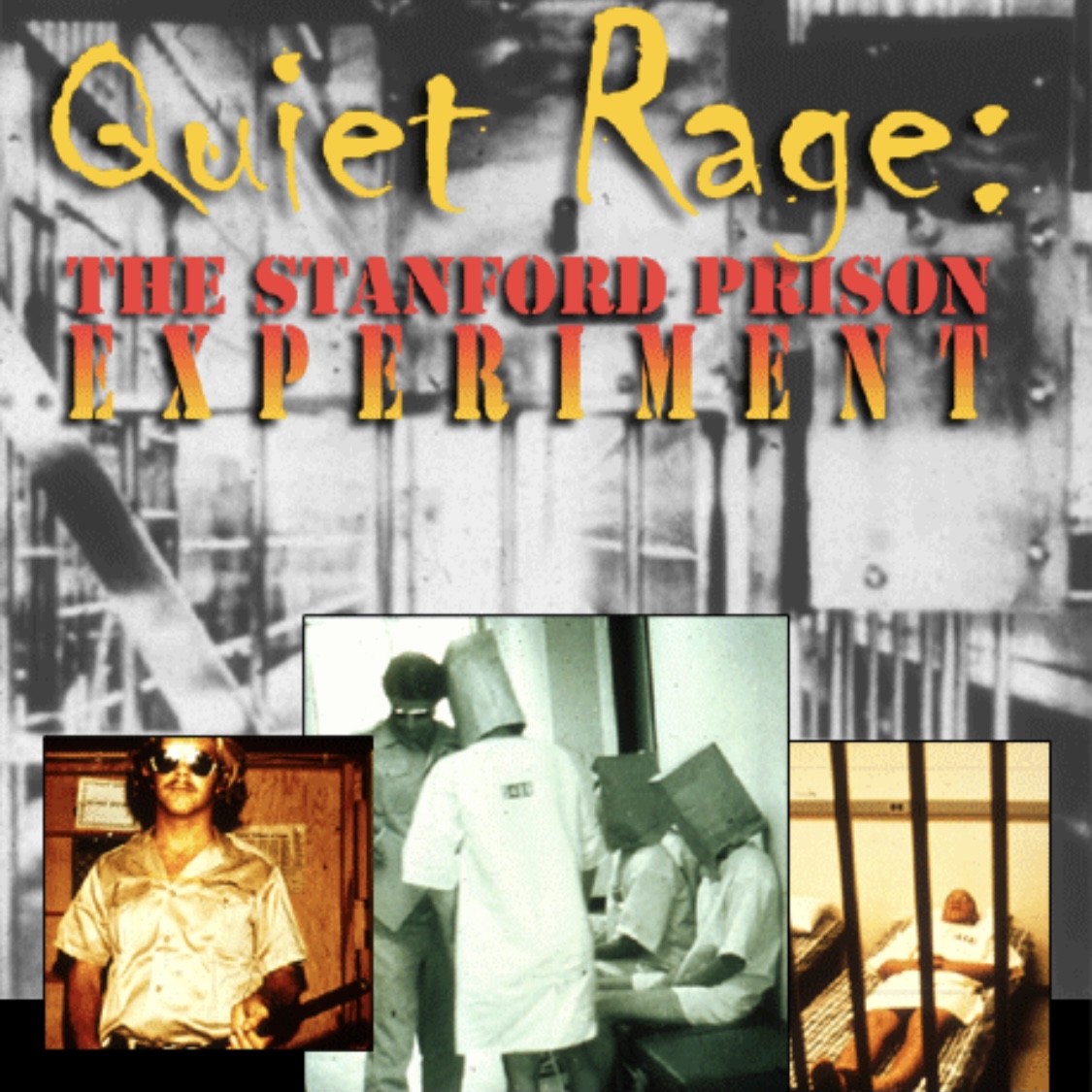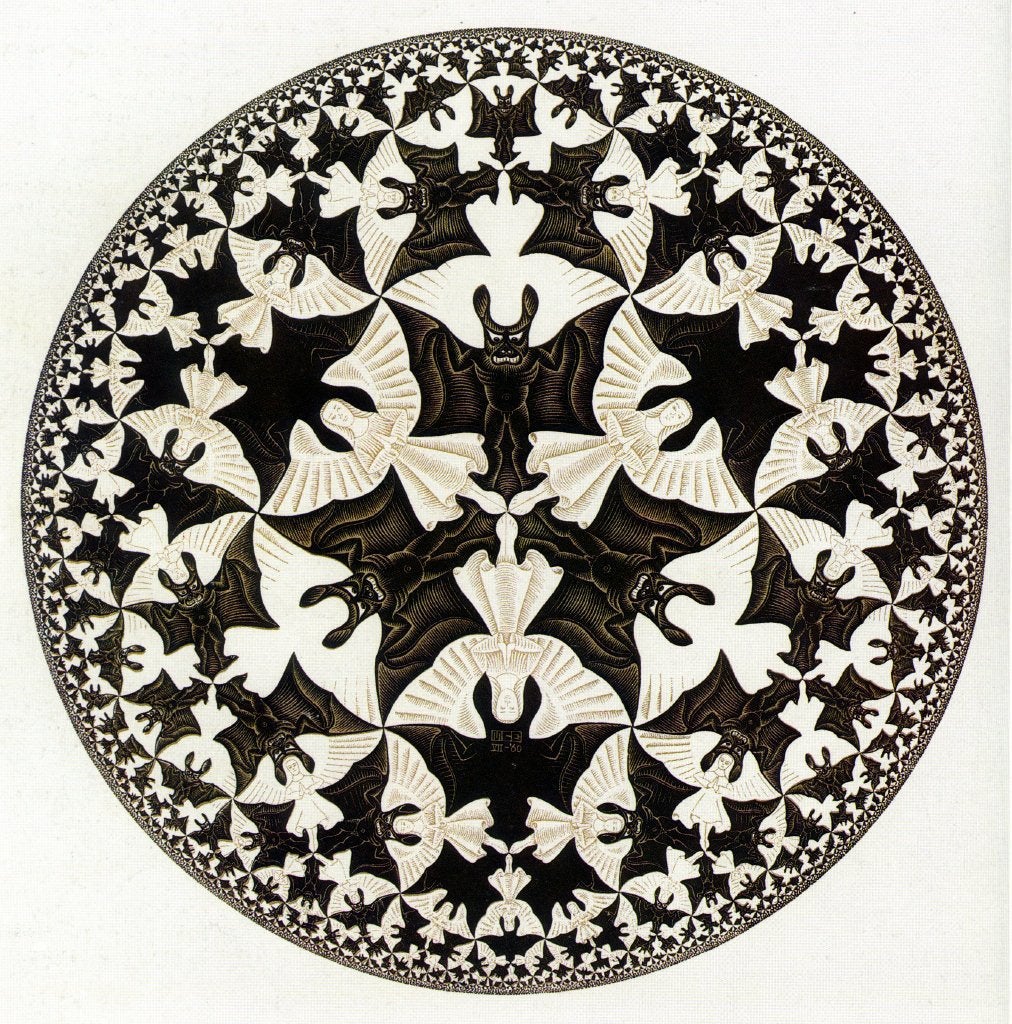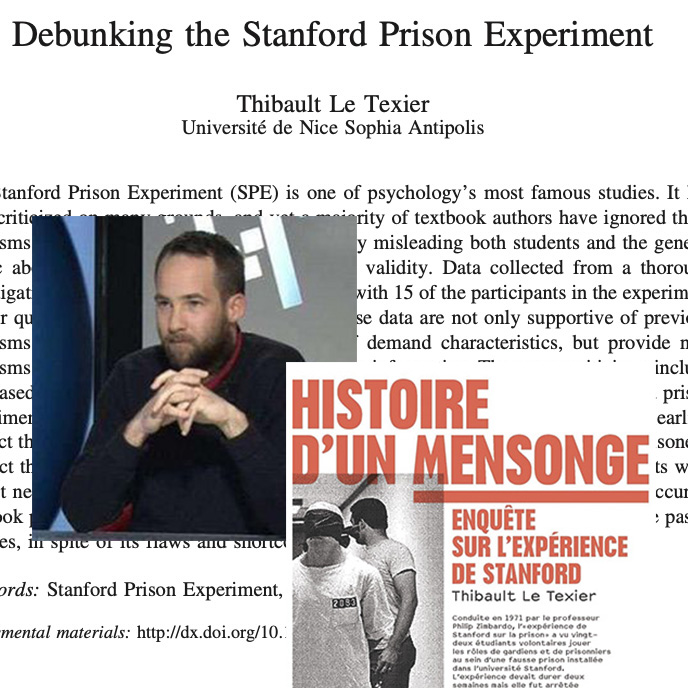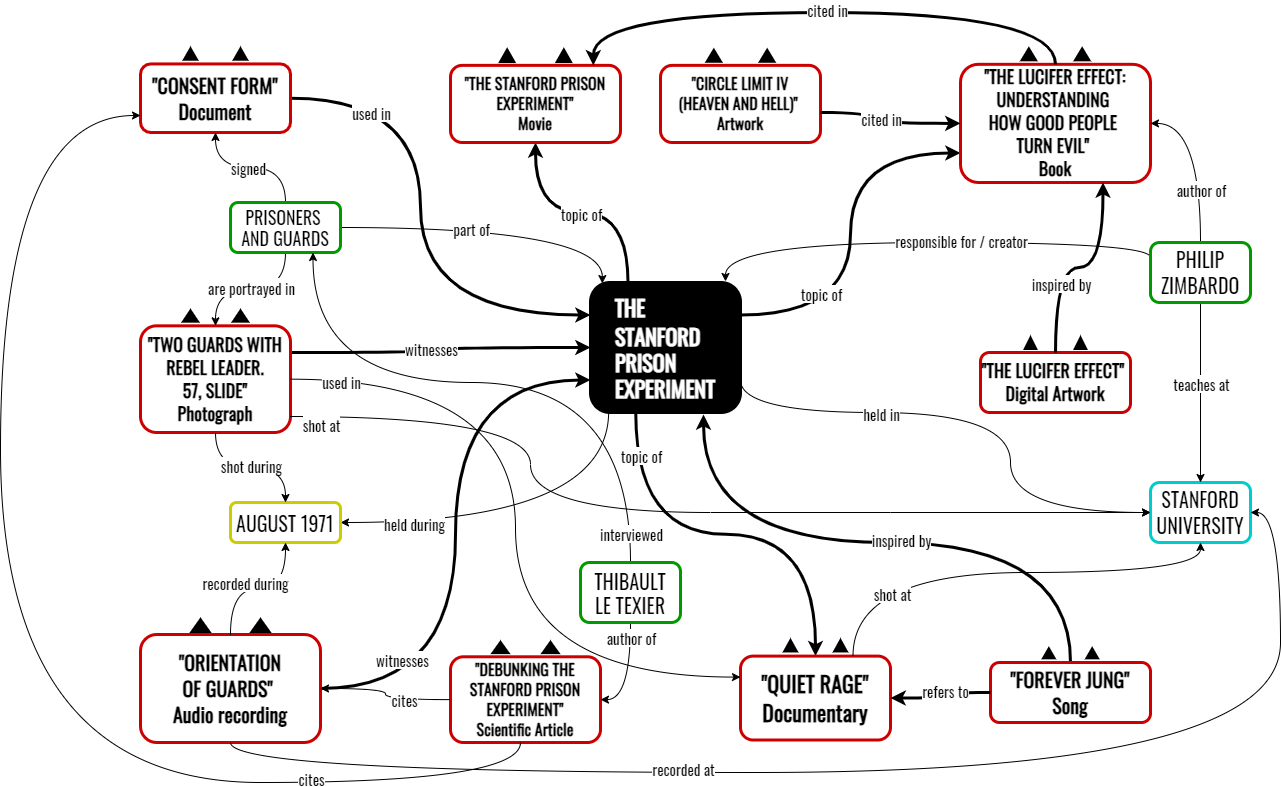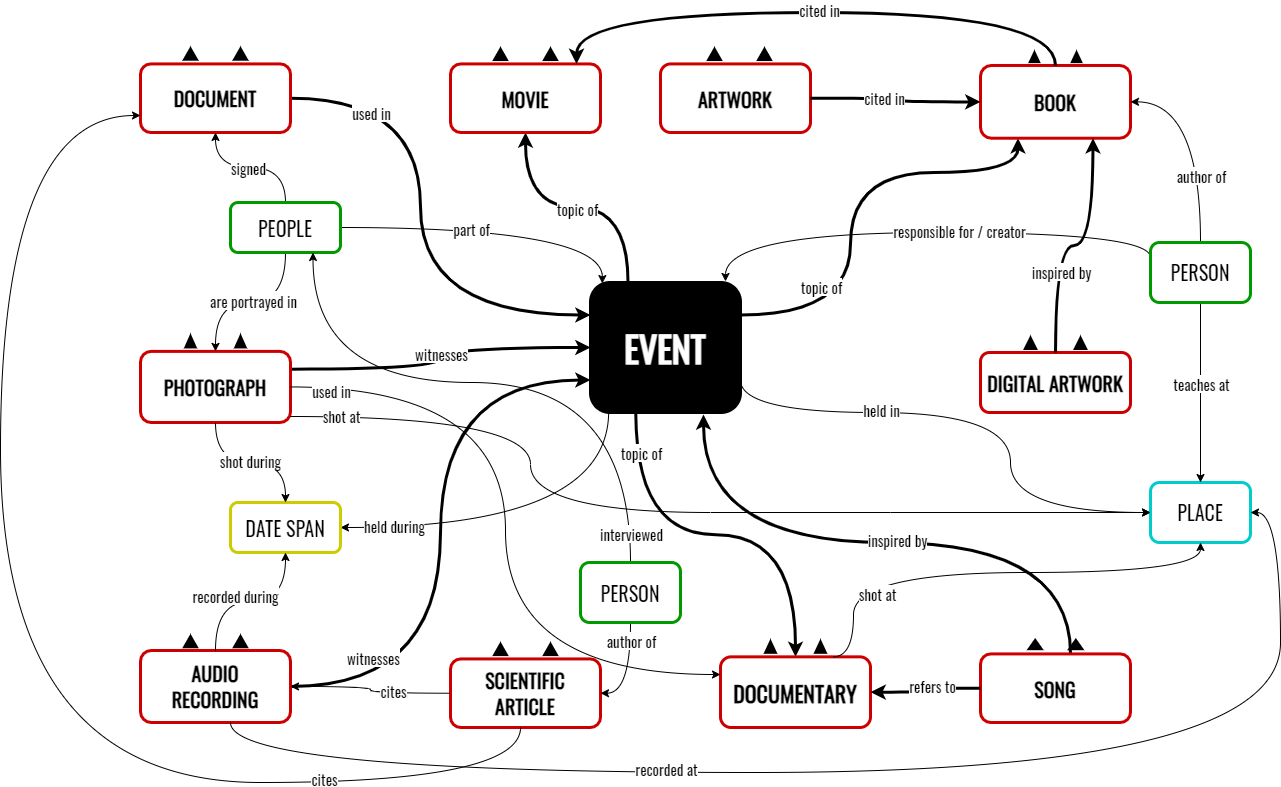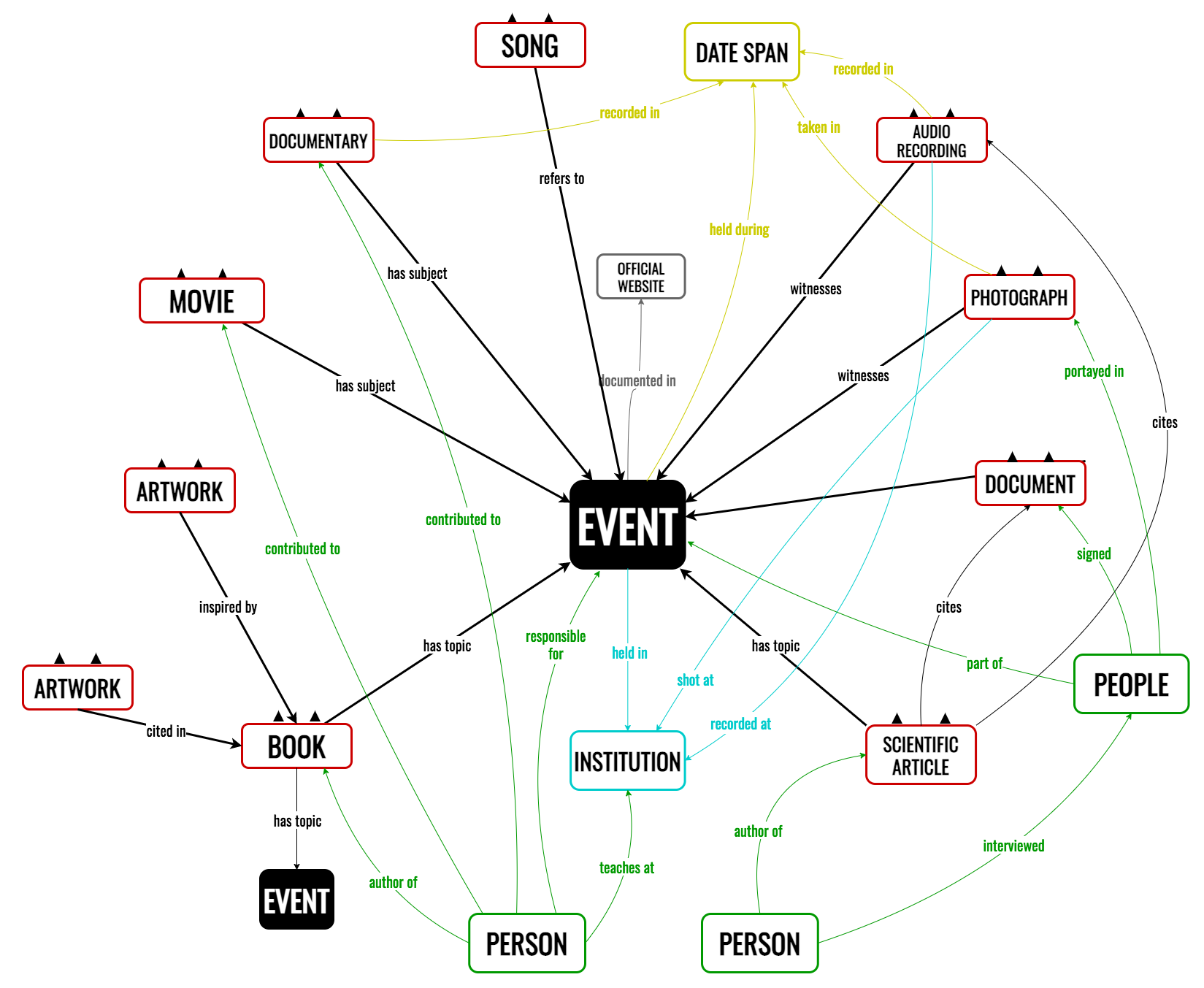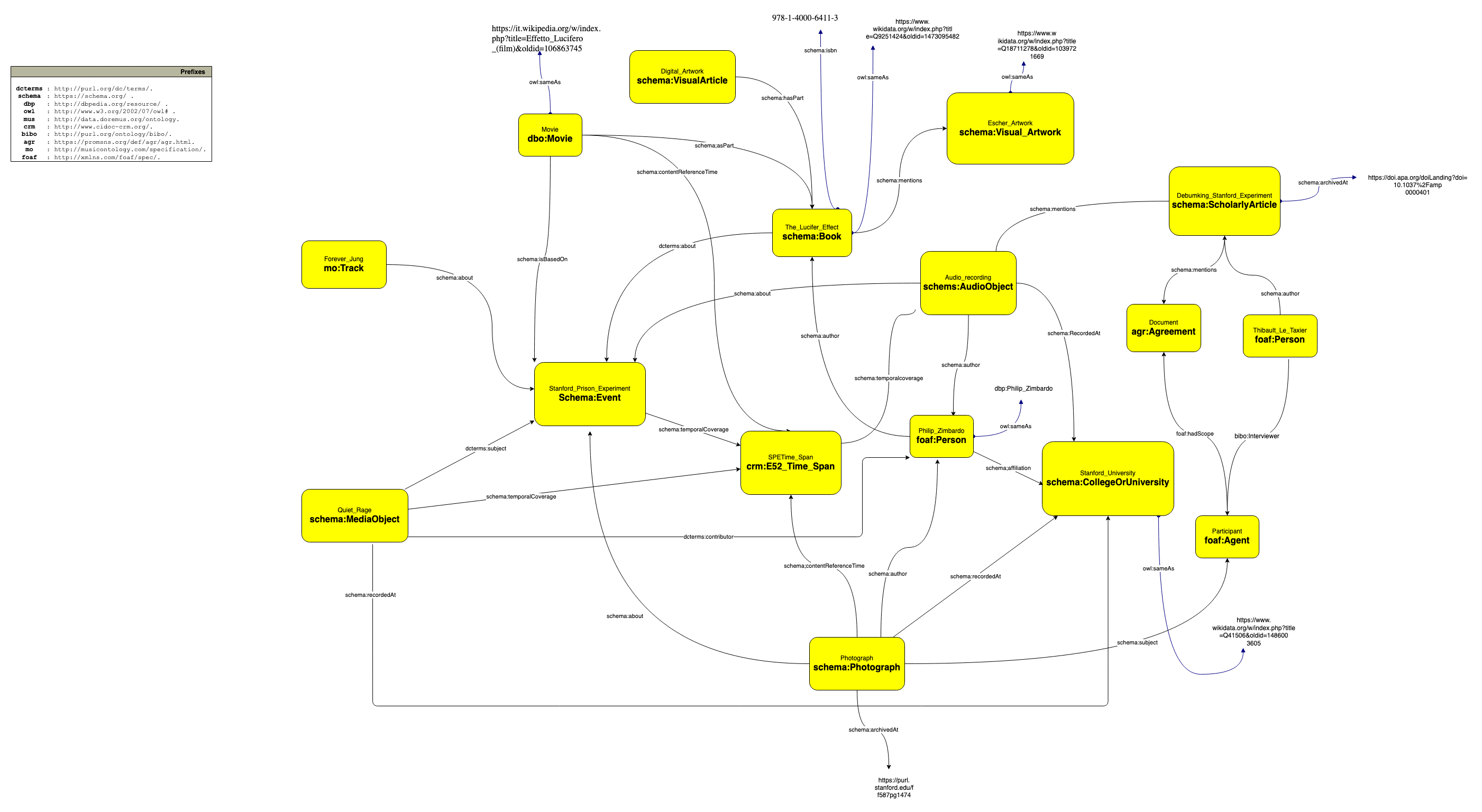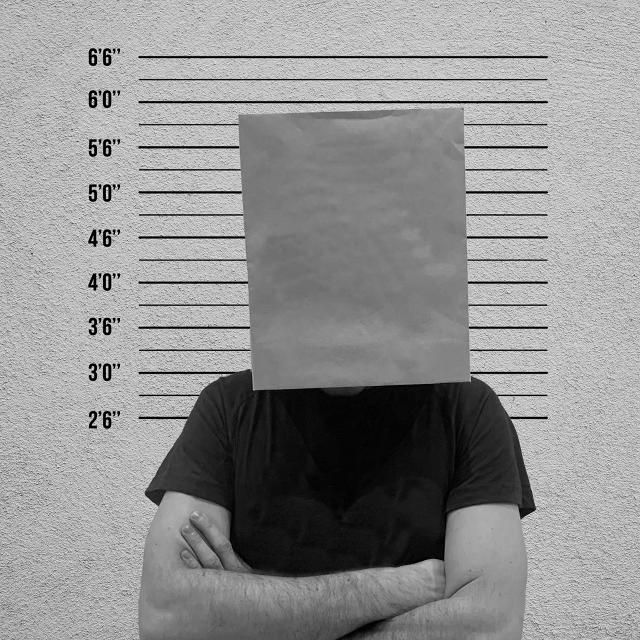Study of Domain
IDEA

August 15, 1971 - Palo Alto, California. Early morning.
Twelve college students are picked up from their homes by police, placed under arrest, and brought with lights and sirens to a temporary jail set up in the basement of Stanford University.
Despite the appearances, it is all about research on the psychology of detention led by Stanford's professor Philip G. Zimbardo.
Twenty-four volunteers have agreed to spend the next two weeks recreating life in a correctional facility. Twelve of them are officers, twelve are prisoners.
The prisoners are stripped naked and booked, forced to wear caps, aprons, and chains. Identified only by their prisoner numbers, they are not individuals anymore.
Officers soon learn how to do their new job. With their mirror sunglasses providing anonymity, some of them begin to control the scant food supplies, restrict inmates’ restroom usage, and their brutal approach increases as tensions arise.
The experiment was intended to run for two weeks. Due to the emotional breakdowns of the prisoners and excessive aggression of the guards, it was shut down after only six days.

The research raises an essential question still relevant today: is evil produced by the environment or by the people who live in it? Zimbardo's appalling conclusion is that individuals may easily turn evil when they feel nameless and have power over depersonalized others. And this happens more frequently than we may think.
Following Milgram's previous studies, Zimbardo's experiment fueled the long-standing debate on human nature and the eternal clash between good and evil.
The interest that followed was simply unstoppable, both in the academic world and in pop culture. Documentaries, books, films, songs, and works of art were inspired by those events, increasing their popularity.
As well as numerous criticisms and investigations that have questioned - and still continue to question - the validity of the whole experiment.
This linked open data project was born with the intention of bringing together the most significant examples of this complex network of connections.

